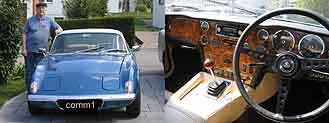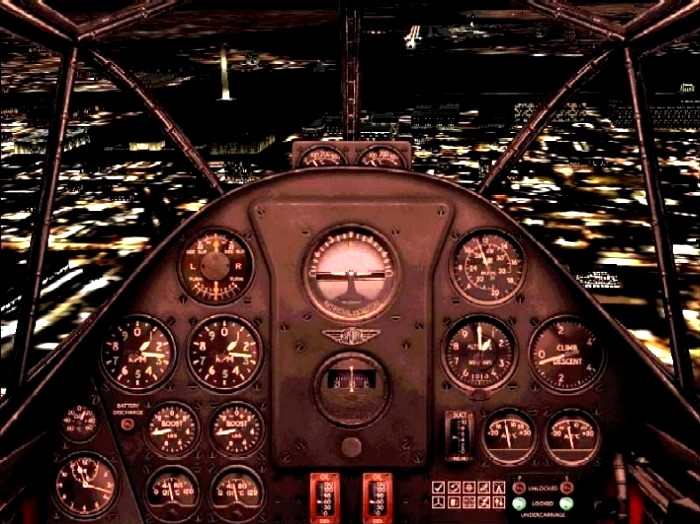 by Nav » Sat Oct 09, 2004 6:59 am
by Nav » Sat Oct 09, 2004 6:59 am
Bubblehead, I wouldn't use the rudder too much on approach. Gentle banking is all you need. Give the aeroplane plenty of time to react, and, as gw says, think ahead....
Other ideas that should help are:-
1. Save an approach - then practise with it, fly it again and again until you gain confidence.
2. Check the wind as you line up (Shift-Z twice brings it up at the top of the screen, keep pressing Shift-Z to clear). Don't be afraid to 'aim off' to allow for it - quite often, in any kind of crosswind, you have to aim 5 or 10 degrees off the runway line.
3. Look at the WHOLE runway, particularly the far end, so you can judge its direction better. Don't just look at the threshold.
4. Difficult to get this over - but 'don't panic'! Early on in an approach, the runway looks tiny, it doesn't seem possible that you can land on it - so you tend to over-correct. Be patient, don't get too bothered about being a bit off line early on - once you're closer the perspective snaps into place and it's a sight easier to stay straight....
5. If the runway you are using has ILS, turn on the 'Visual Flight Path' (click on 'Aircraft', rectangles are best). It'll show you the flightpath all the way down, help you practise.
6. Remember the basic rules for landing - 'pitch for speed, power for height'. If you're going too fast, trim the nose higher; if you're losing height too fast, add a touch of power. Keep checking the ASI and the 'rate of climb/descent' and the Attitude Indicator, and make sure everything stays steady. What you should aim for is the aeroplane settling into the approach and pretty well holding the right speed and rate of descent 'hands off'. It's a nice feeling.......





 Or am I missing the point somewhere here? ;)
Or am I missing the point somewhere here? ;) "In theory, there is no difference between theory and practice. But, in practice, there is."
"In theory, there is no difference between theory and practice. But, in practice, there is."




 but FS can be,
but FS can be,